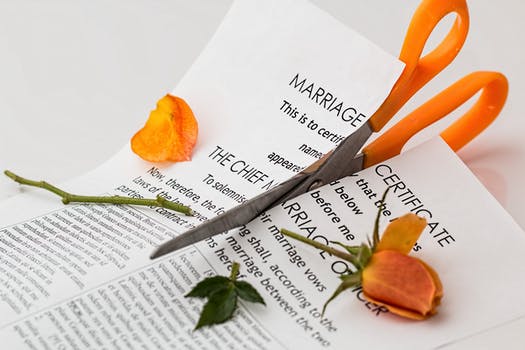Relationships are never a cake walk. Even people in the strongest, most secure relationships experience an ebb and flow amidst challenging life events, family stressors, conflict cycles and emotional hardship. The odd thing is, our culture encourages us to keep these aspects of our relationships private, continuing to fuel the widespread myth that relationships should always be sunny and effortless.
So, when your friend comes to you and tells you that his or her relationship is crumbling to pieces, it may come as a surprise. Whether you've known they have been struggling for a while or not, it may be confusing for you to know quite what to do or say to your friend.
5 Practical Tips To Keep In Your Back Pocket:
1) No matter how fired up or distressed your friend may seem when he or she shares the news, remember that nothing is permanent until it is. Your friend may be stressed out and believe it is the end of their relationship, but this may just be a rough time for the couple. Be patient and sensitive to his or her feelings and remember that it is better to act cautiously about any final decisions.
2) Whatever you say, avoid bashing your friend's partner. Nothing good ever comes from spending hours bad mouthing exes. If anything, it will create more negative energy. However, do allow your friend to vent about how their relationship stress is impacting them, if they choose to.
3) Keep this information private unless instructed otherwise. Sealing your lips will demonstrate that you respect boundaries between your friend and his or her partner's relationship, which also shows maturity. They must work out their own issues independently. Getting involved may create more problems than solutions.
4) Offer up an activity that you both enjoy. Hiking or walking in the park (with or without dog), ordering in comfort food, catching a flick, rock climbing, going to a karaoke bar, shopping at your favorite boutiques or thrift stores, grilling out in the yard and attending a sporting event are all great options and may be neutral distractions. Your company is most important, so leave choosing the activity up to your friend.
5) Stay Connected. Now, more than ever, your friend needs you to be a friend and a considerate one. So, all that emotional supportiveness you tuck away when you're throwing back a few and hanging out, now is the perfect time to open that box and bring it back out. Whether it means checking in with your friend via phone or text message daily or allowing them to crash at your place for a couple of days, your actions will speak volumes.
You know your friend best, so if there is something they particularly look for from you (your sense of humor, innovative ideas, passion for adventure, creativity, etc), this is the perfect opportunity to let it shine. They'll appreciate your efforts more than you know.



































